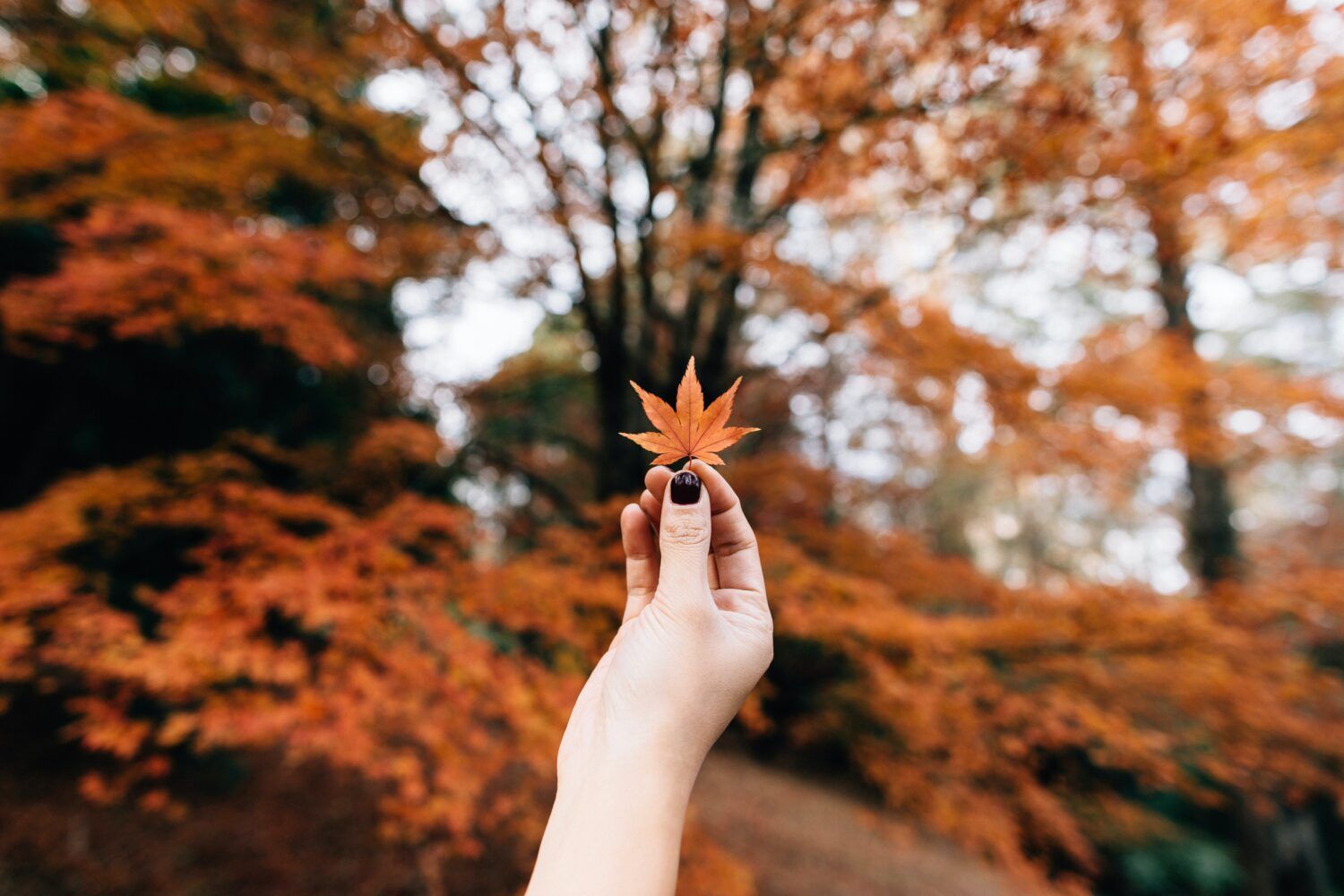It’s safe to turn the air conditioner off and start thinking about the cold season ahead. Nashville is blessed with a fabulous long growing season, but it will come to an end in the coming months. If you want a picture-perfect garden, take advantage of those golden, mellow autumn days to set your garden up for success in 2022. Here are some tips on how to prepare your Nashville garden for the fall:
Know The USDA Zone
Nashville falls in Zone 7a — hot, humid summers and relatively mild winters. It will get below freezing — the average low in January is 29 degrees Fahrenheit — and that means winterizing the garden in the fall to get ready for a gorgeous spring. That lovely bird of paradise you saw on vacation won’t survive a winter here, so it's best to bypass your tropical favorites when deciding what to plant in the spring. The same goes for plants that thrive in colder climates too.
Replace The Annuals With Fall Decor
It is time for the annuals to go. That means the petunias and the verbena and geraniums and marigolds too. Annual flowers won’t come back in the spring, so fall is the time to cull them out of the garden. This can help stop mold, bacteria, and insect eggs from overwintering in the brown, dead remains, and surprise -- causing a problem in the spring.
Removing those summer plants doesn’t have to leave your garden bare. Spice things up with some pumpkins and other Halloween decorations. Check out Tesco Magazine October 2021 for a list of Holiday decorating ideas.
Trim And Prune
The first rule of cutting and pruning in the fall is not to cut and prune in the fall — but there are a few exceptions. First — your perennials. You’ll want to trim them back, especially if they have diseased leaves. Trim native perennials like coreopsis — aka tickseed — stems to about 1–2 inches above the soil, using garden shears. This helps the plants stay healthy while dormant through the winter cold.
Make sure your pruning shears are clean. Diseases can spread from plant to plant during pruning, and those diseases aren’t always visible to the naked eye. Use a damp rag with alcohol, bleach, or pine oil.
In the late fall, you can prune dead branches or cut back the shrub roses — after a hard freeze or two. If it’s too warm, it’s a chore you might save for the spring when you’re not worried about triggering new growth at the wrong time.
Plant For Spring
Now is the time to plant your bulbs and corms, tubers, and rhizomes. If you enjoy daffodils, crocuses, iris, and gladiolus, you need to get a jump on springtime now, before the first freeze. The Agricultural Extension Service at the University of Tennessee advises gardeners to get those geophytes in the ground between late September and early November, so they can establish a good root system. This will allow the plants to be able to send out rapid growth and flower quickly, once the temperatures turn warmer again. If tulips and hyacinths are your thing, you better get to digging!
This is definitely not the busy season in the garden, but it’s important to knock out these basic chores. That way, you won’t be looking at a messy, dead garden all winter long. And when the days start to get longer, and the temperatures warm up, you can kick back and enjoy the glory as your garden springs back to life.
ABOUT THE AUTHOR
Li Hart spent most of her childhood exploring the local wilderness. Now, she paints and writes about landscapes. She currently lives in Tennessee with her husband and their ever-growing family of cats.
